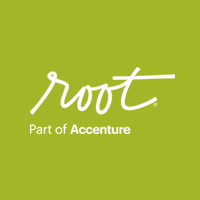Problem solving. That’s what we do. Given the nature of our business, when we’re working with a new customer, we’re often tempted to jump right to visualization – to show what we’ve done for others as a way to frame and define what we can do for them. In the instances where they want to see a proof of concept or understand the breadth of our capabilities, this approach makes sense.
Often, though, these customers have a specific problem in mind – a tough nut they’re trying to crack, and they’ve asked us to help them do it, or at the very least, to get our perspective on the issue. When we begin these types of conversation by showing our portfolio of solutions, customers are sometimes confused, and that confusion can quickly evolve into a critique of the work itself – “I don’t really like that cartoony art style,” for instance.
We started to ask ourselves, “Why are these demonstrations clicking with some clients and not with others?” We realized that there is a flaw in application here.
Being “a custom house” means that we’re designing within unique parameters for each engagement. One of my favorite quotes is: “Beauty in design results from purity of function” (Lidwell, Universal Principles of Design). I’d take this one step further and say that the function of a design results from the existence of parameters. Given that each organization has a unique set of parameters, we realize that there is a very small chance that the aesthetic, learning design, and technology approaches that we blended for one customer will be a holistic solution for another. Rather, we’ll use bits and pieces to create a custom, strategic experience that is a perfect fit.
So if showing our past work isn’t appropriate, what methodology do we use to engage new customers? We like to engage them in a problem-solving exercise by answering four simple questions:
1. Who is your audience?
2. How do you want your audience to feel, act, and think?
3. What key messages will we use to drive these actions, feelings, and thoughts?
4. What are the most appropriate tools to deliver these messages?
This is a simple way to frame a conversation and brainstorming. It’s designed to work from the audience backwards, rather than from the deliverable forward. It can be a more effective, targeted way of engaging clients in thought partnership. It also gives them insight into our build process, which can help create shared expectations as we move forward.






